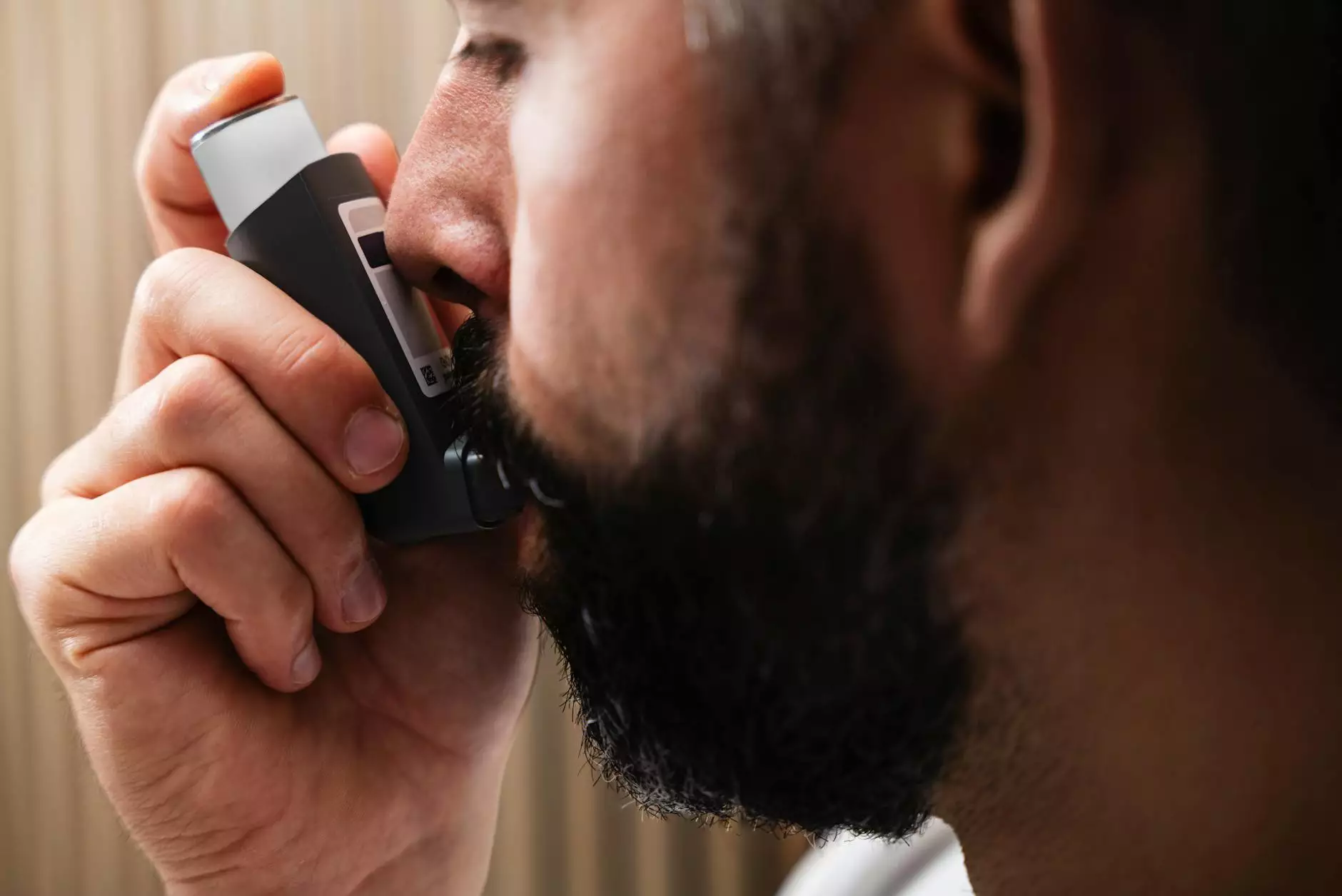In-Depth Exploration of Adhesive Capsulitis Phases: Understanding, Managing, and Overcoming Frozen Shoulder

Adhesive capsulitis, commonly known as frozen shoulder, is a complex musculoskeletal condition characterized by stiffness, pain, and decreased range of motion in the shoulder joint. Understanding the adhesive capsulitis phases is vital for patients, healthcare providers, and specialists to develop effective treatment strategies and improve quality of life.
Introduction to Adhesive Capsulitis
Adhesive capsulitis is a painful and restrictive shoulder disorder that progresses through distinct phases. It typically affects middle-aged individuals but can occur at any age. The condition often develops gradually and may last from several months to years if untreated. The pathology involves inflammation, tissue fibrosis, and contracture of the joint capsule surrounding the shoulder, which limits mobility and causes persistent pain.
The Significance of Recognizing Adhesive Capsulitis Phases
Timely recognition of the different phases of adhesive capsulitis allows for targeted intervention, minimizes disability, and accelerates recovery. Each phase presents unique clinical features and therapeutic implications, emphasizing the importance of a comprehensive understanding for healthcare practitioners, especially chiropractors and physical therapists involved in musculoskeletal health care.
Overview of the Adhesive Capsulitis Phases
The progression of adhesive capsulitis is typically classified into three sequential phases:
- Freezing Phase (Inflammatory Stage)
- Frozen Phase (Stiffening Stage)
- Thawing Phase (Recovery Stage)
Phase 1: The Freezing Phase
Duration and Clinical Features
This initial stage generally lasts from 4 to 9 months. During the freezing phase, patients experience progressive shoulder pain and increasing stiffness. The pain often worsens with movement and can interfere significantly with daily activities such as dressing, reaching overhead, or carrying objects.
Pathophysiology of the Freezing Phase
The underlying pathology involves inflammation of the joint capsule, synovium, and surrounding soft tissues. These inflammatory processes lead to edema and thickening of the capsule, especially in the anterior and inferior aspects of the shoulder. The body's immune response and subsequent tissue repair mechanisms contribute to fibrosis, further restricting shoulder mobility.
Implications for Treatment
Early intervention during this phase is critical. Conservative management, including anti-inflammatory medications, physical therapy focused on pain control, and gentle range-of-motion exercises, can mitigate progression. In some cases, corticosteroid injections may offer significant relief by reducing inflammation.
Phase 2: The Frozen Phase
Duration and Clinical Features
The frozen phase typically lasts from 4 to 12 months. During this stage, the inflammation subsides, but the shoulder remains stiff. Patients often report predominant stiffness with less pain, although some discomfort persists, especially with certain movements.
Pathophysiology and Structural Changes
Scar tissue and fibrosis peak during this phase. The thickening and contraction of the joint capsule lead to decreased elasticity and significant restriction of shoulder motion. The glenohumeral joint surfaces may also become adherent, making movement painful and limited.
Management Strategies in the Frozen Phase
Physical therapy focuses on restoring mobility through targeted stretching and mobilization exercises. Techniques such as manual therapy, joint capsule stretching, and patient education are vital. In refractory cases, options like hydrodilatation or minimally invasive surgical procedures such as capsular release may be considered to expedite recovery.
Phase 3: The Thawing Phase
Duration and Clinical Features
This recovery stage can last from 6 to 24 months. During the thawing phase, shoulder mobility gradually improves, and pain diminishes. Patients often notice increasing ease performing daily activities, although complete restoration may take time.
Physiological Changes and Donor of Recovery
The scar tissue and fibrosis soften, and the joint capsule regains elasticity. The process involves remodeling and regression of fibrosis, facilitated by consistent rehabilitation efforts and the body's natural healing mechanisms.
Optimizing Recovery in the Thawing Phase
Ongoing physical therapy, including strengthening and functional training, helps maximize shoulder gains. Preventing re-adhesion and maintaining flexibility are key components. Patients are encouraged to adhere to exercise regimens to facilitate a full return to normal shoulder function.
Innovative Approaches and Latest Advances in Managing Adhesive Capsulitis
The management of adhesive capsulitis phases has evolved considerably, integrating advanced minimally invasive procedures and evidence-based therapies. Advances include:
- Hydrodilatation (Joint Distention): Involves injecting a sterile solution into the shoulder joint to stretch the capsule and break adhesions.
- Corticosteroid Injections: Provide powerful anti-inflammatory effects, especially beneficial during the early stages.
- Manual Therapy and Chiropractic Interventions: Focus on joint mobilization, soft tissue techniques, and patient education to restore movement.
- Surgical Options: Arthroscopic capsular release, reserved for refractory cases, enables direct removal of scar tissue and fibrosis.
- Physical Therapy Innovations: Incorporate neuromuscular re-education, proprioception exercises, and modern stretching techniques to optimize outcomes.
The Role of Preventive Strategies and Patient Education
Prevention and early intervention are vital in managing adhesive capsulitis phases. Educating patients about shoulder health, proper ergonomics, and timely reporting of symptoms can significantly reduce disease burden. Maintaining shoulder mobility through regular stretching and strengthening exercises prevents adhesion formation and promotes joint health.
Why Choose Specialized Care for Adhesive Capsulitis
Consulting with qualified healthcare providers, such as chiropractors, orthopedists, and physical therapists specializing in shoulder disorders, ensures tailored treatment plans that align with the specific adhesive capsulitis phases. These specialists utilize evidence-based approaches, advanced diagnostic tools, and personalized rehabilitation programs to facilitate efficient recovery.
Conclusion: Navigating the Adhesive Capsulitis Phases for Optimal Shoulder Health
Understanding the distinct stages of adhesive capsulitis enables patients and clinicians to implement timely and appropriate interventions. Recognizing the transition from inflammatory to fibrotic and finally to recovery phases can significantly influence treatment success and restore shoulder function efficiently.
As research progresses and innovative therapies emerge, management of frozen shoulder continues to improve. For comprehensive shoulder care, consult reputable sources like iaom-us.com, where expert guidance and advanced treatment options are available for those seeking to overcome adhesive capsulitis challenges.









